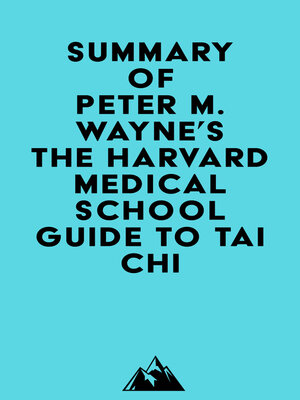
Sign up to save your library
With an OverDrive account, you can save your favorite libraries for at-a-glance information about availability. Find out more about OverDrive accounts.
Find this title in Libby, the library reading app by OverDrive.



Search for a digital library with this title
Title found at these libraries:
| Loading... |
Please note: This is a companion version & not the original book. Sample Book Insights: #1 Tai Chi is a mind-body exercise rooted in multiple Asian traditions, including martial arts, traditional Chinese medicine, and philosophy. It aims to strengthen, relax, and integrate the physical body and mind, enhance the natural flow of Qi, and improve health, personal development, and self-defense. #2 Tai Chi Chuan is a form of boxing or exercise that is based on the principles of yin and yang, dynamic change and transformation, and the internal and the external. It is a form of Qigong that cultivates, moves, and manages vital energy. #3 Tai Chi is a diverse set of living and evolving practices that have been informed by the insights of a long lineage of devoted practitioners. It has blended and mixed with other practices, such as Qigong, yoga, meditation, and contemporary mind-body practices. #4 Chinese culture is known for its long history of martial arts. Hand-to-hand combat and weapons practice were important in training ancient Chinese soldiers and rival clans. Martial arts also have been a prominent part of Chinese performing arts and theater.






